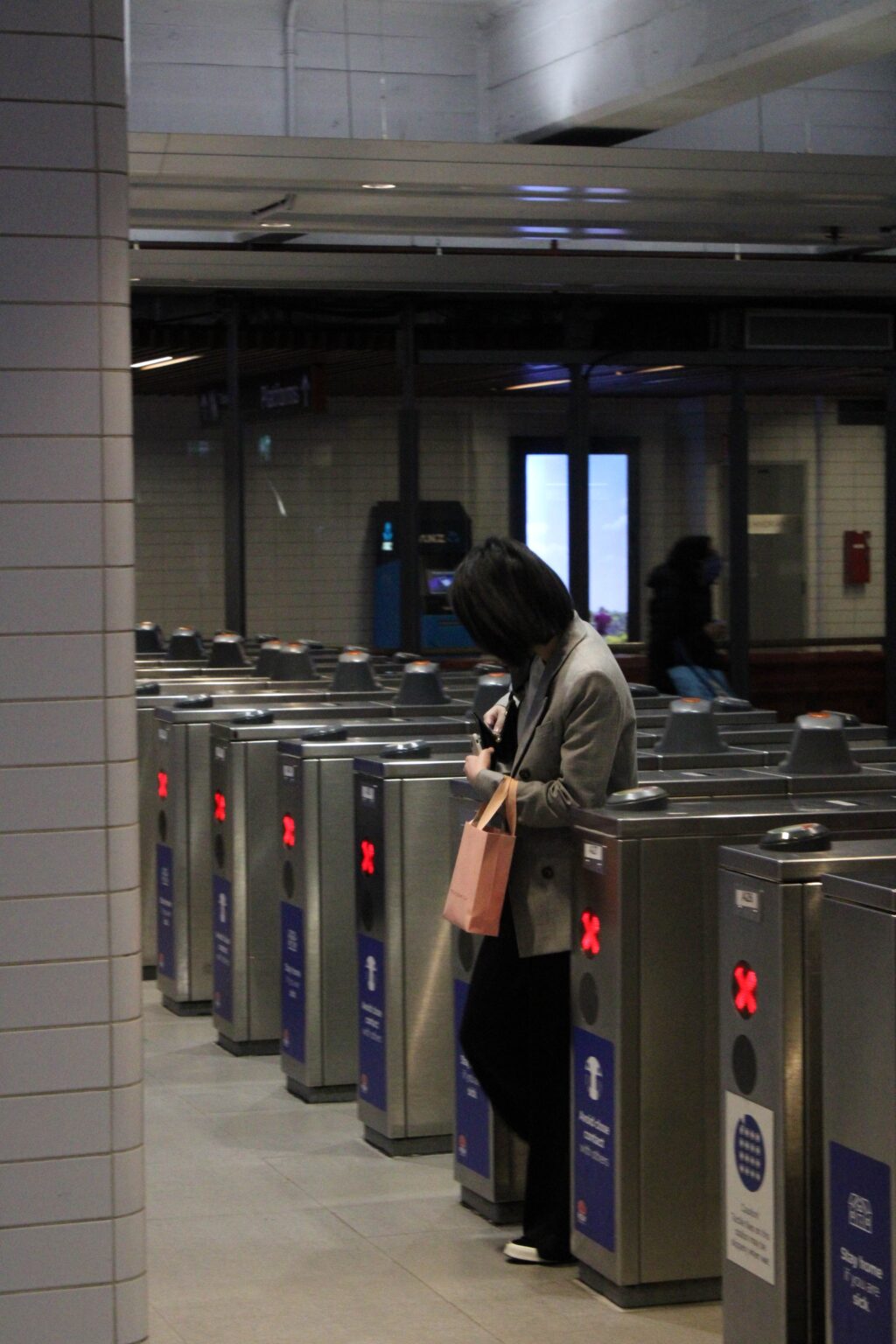
Enhancing Security and Control with Turnstile Gates
In today’s rapidly evolving world, security is paramount in various environments, from transportation hubs and corporate offices to stadiums and government facilities. One tool that has proven to be invaluable in achieving both security and controlled access is the humble turnstile gate. In this blog post, we will explore the various aspects of turnstile gates and their role in enhancing security.
Understanding Turnstile Gates
Turnstile gates are access control devices that regulate the flow of people into and out of a defined area. Turnstile gates are available in various types such as tripod turnstiles, full-height turnstiles, waist-high turnstiles, and optical turnstiles. Each type has specific applications and offers varying levels of security and control.
The Role of Turnstile Gates in Security
-
Improved Security:
- Turnstile gates act as a formidable barrier, preventing unauthorized individuals from gaining access to restricted areas. To pass through, individuals must present a valid credential, such as a card, key fob, or undergo biometric authentication.
-
Deterrence:
- The mere presence of turnstile gates can discourage unauthorized access attempts, as potential trespassers know they must possess valid credentials to pass.
-
Efficiency:
- Turnstile gates facilitate orderly and controlled pedestrian flow, reducing congestion and ensuring only one person enters at a time. This feature is especially important in crowded spaces.
-
Access Control Integration:
- Many turnstile systems integrate seamlessly with access control software, surveillance cameras, and alarm systems, providing a comprehensive security solution.
-
Emergency Egress:
- While they restrict access, turnstile gates also prioritize safety. In case of emergencies or power failures, they have fail-safe mechanisms that allow for free egress, ensuring the safety of occupants.
-
Customization:
- Turnstile gates can be customized to meet specific security and aesthetic requirements, including materials, colors, and branding.
-
Biometric Integration:
- Advanced turnstile gates include biometric authentication systems, such as fingerprint or facial recognition scanners, adding an extra layer of security.
-
Anti-Tailgating Measures:
- To prevent unauthorized users from tailgating, turnstiles can employ sensors and video analytics to detect and deter such attempts.
Applications Across Industries
Turnstile gates find applications across various industries, including:
- Transportation: In subway stations and airports, turnstiles help control passenger flow and ticketed access.
- Corporate Offices: They are used for visitor management and access control to secure areas.
- Stadiums and Arenas: Turnstiles ensure that only ticketed individuals can enter the venue.
- Government Facilities: They provide controlled access to sensitive areas.
- Amusement Parks: Turnstiles manage access to attractions and rides, enhancing safety.
Considerations and Future Trends
- Maintenance: Regular maintenance is essential to ensure the reliability of turnstile gates.
- Multi-Factor Authentication: High-security environments may require multiple forms of authentication.
- Accessibility: Some turnstiles are designed to accommodate individuals with disabilities.
- Cost: The cost of turnstile gates varies depending on factors like type, security level, and customization.
conclusion:
Turnstile gates play a pivotal role in enhancing security and controlling access in diverse environments. Their evolution, from basic mechanical barriers to sophisticated access control systems, continues to make them a vital asset in safeguarding people and property. As technology advances, we can expect turnstile gates to become even more efficient and integral to our security infrastructure.







